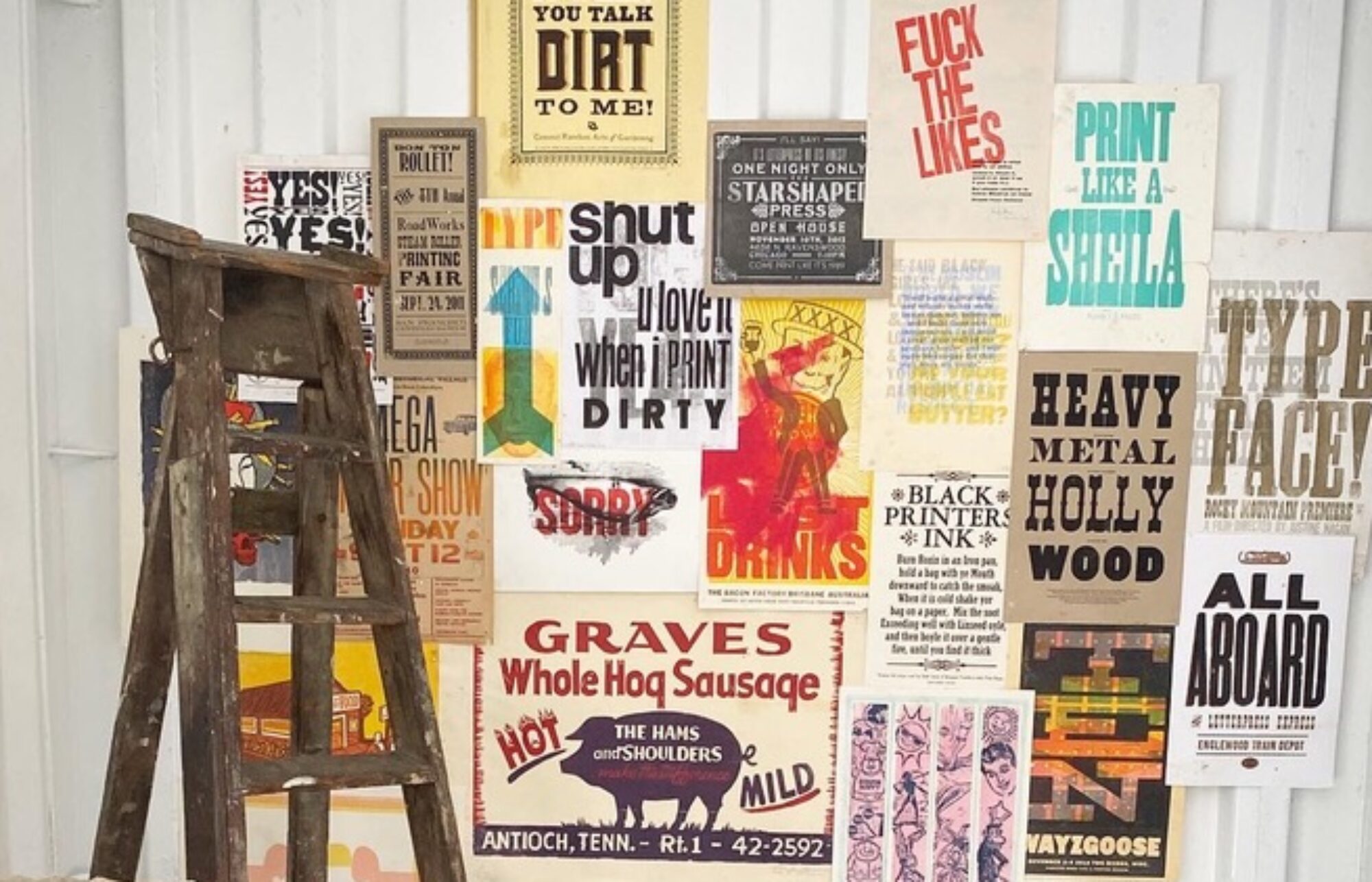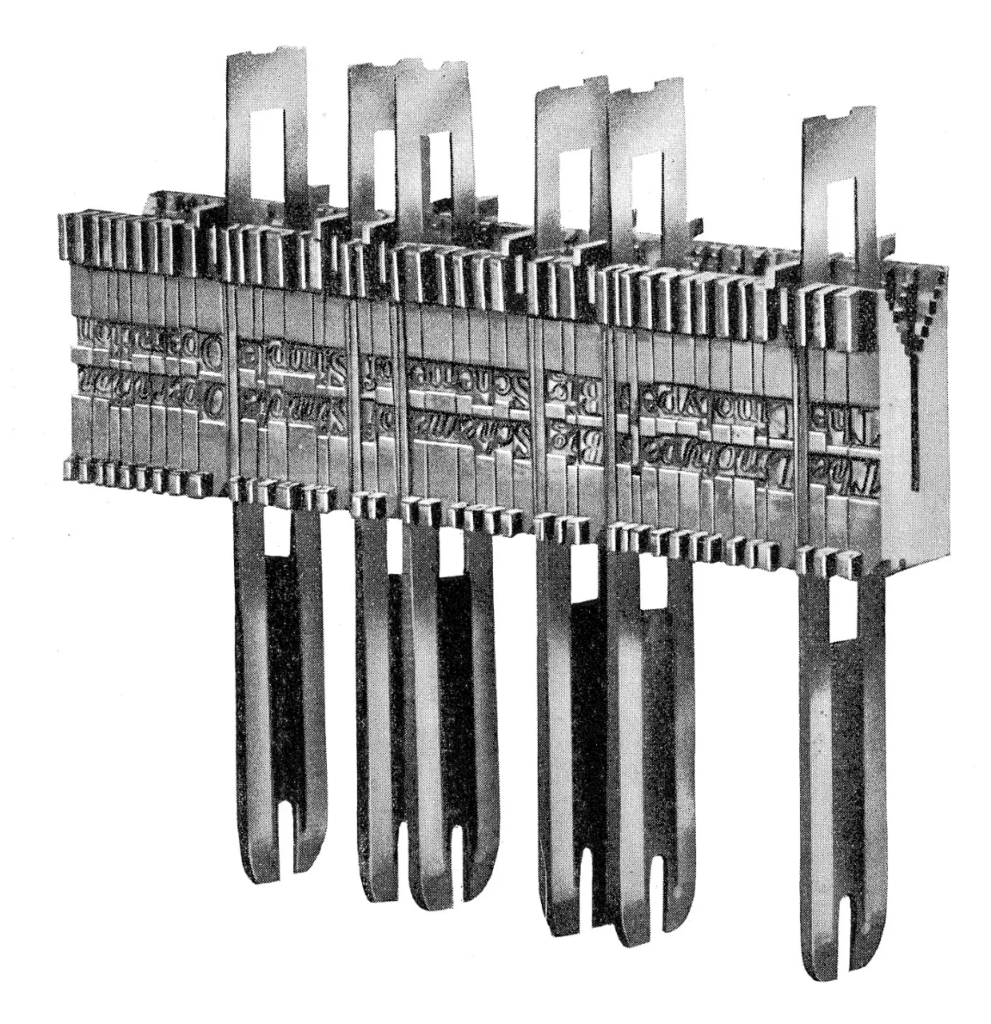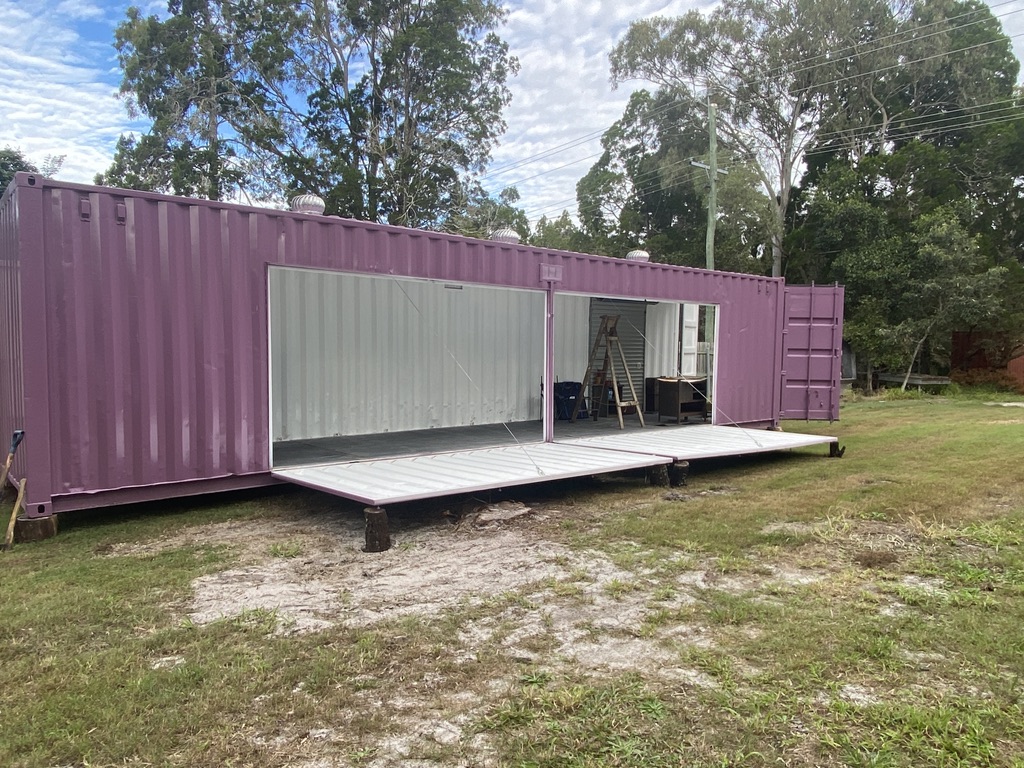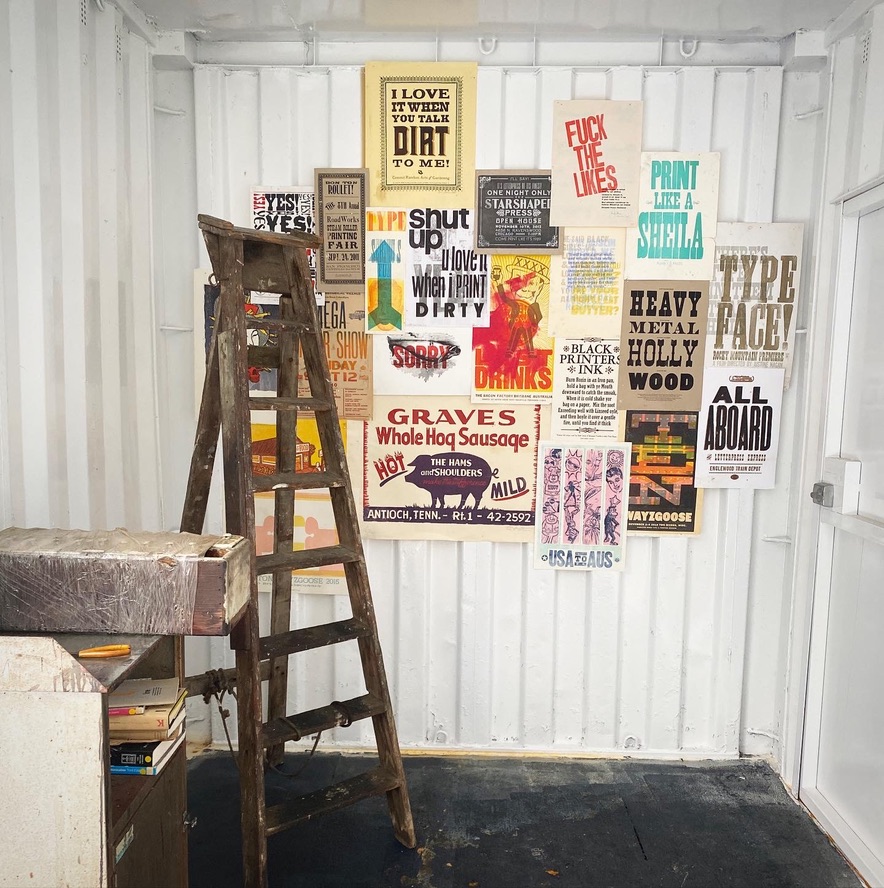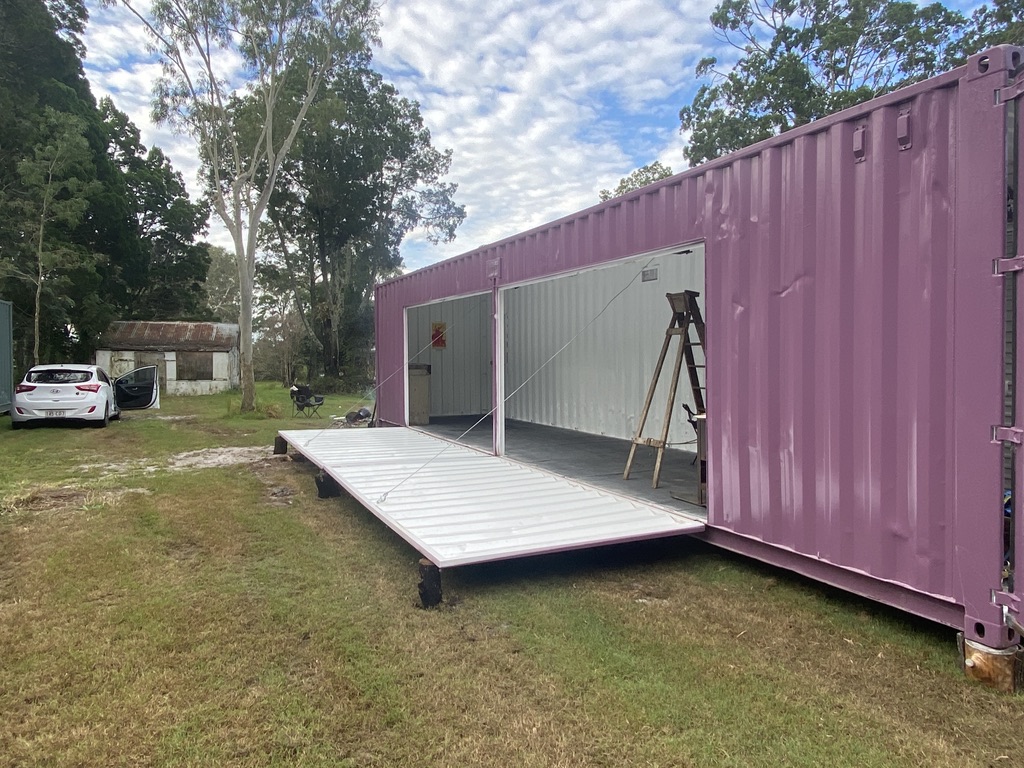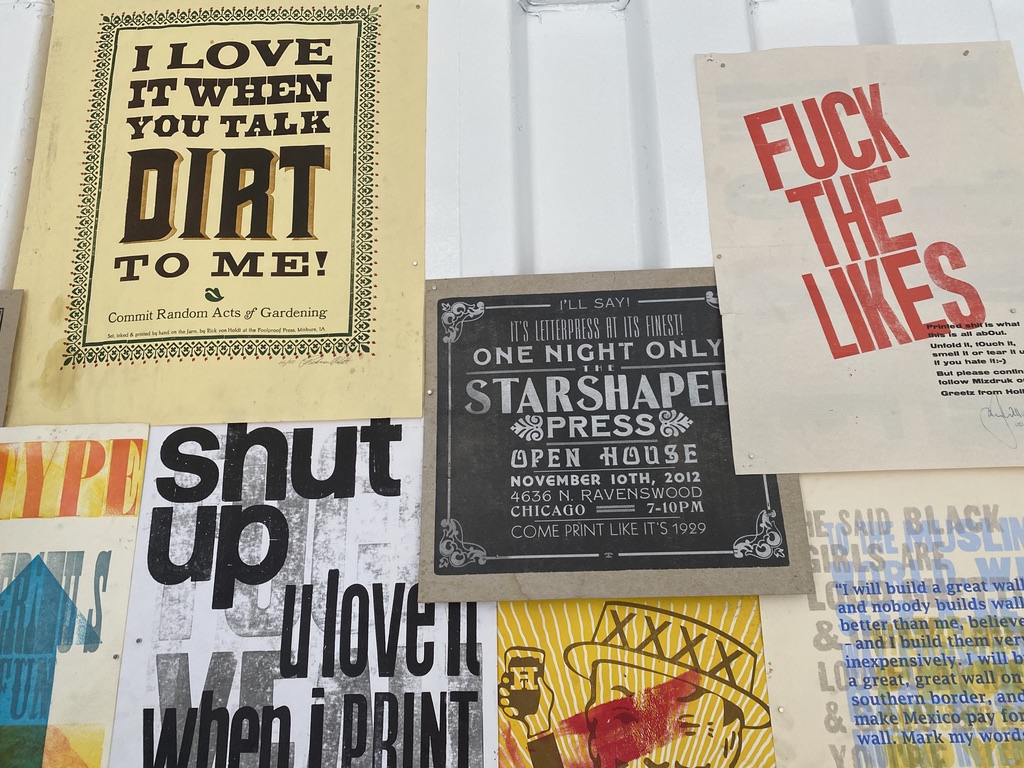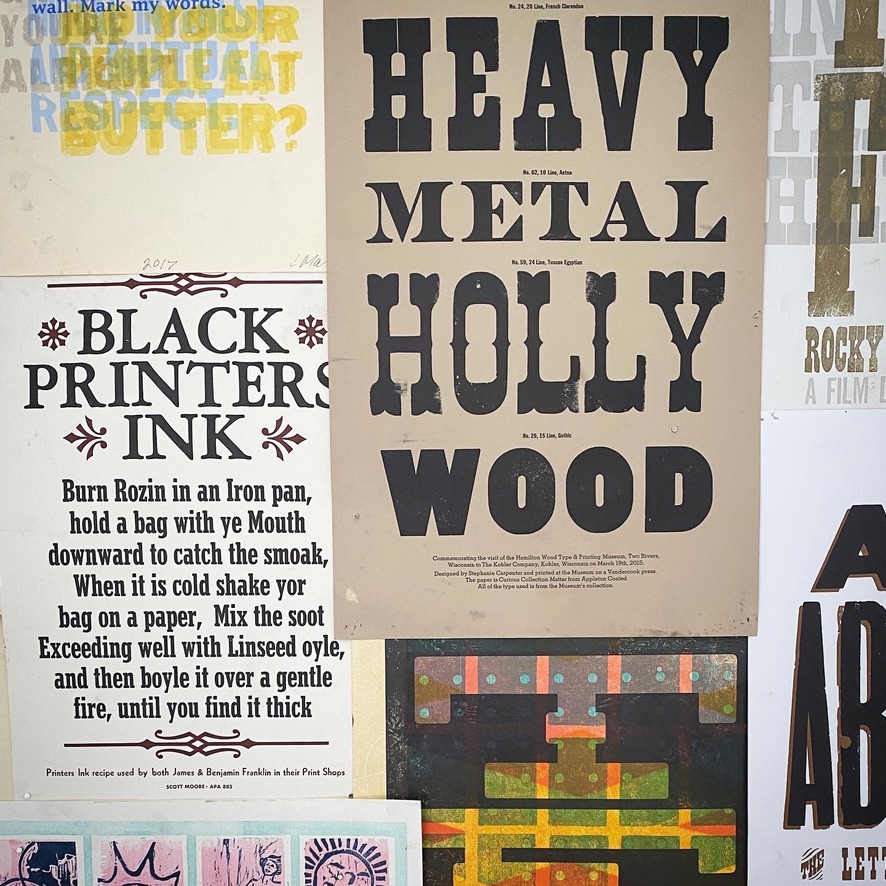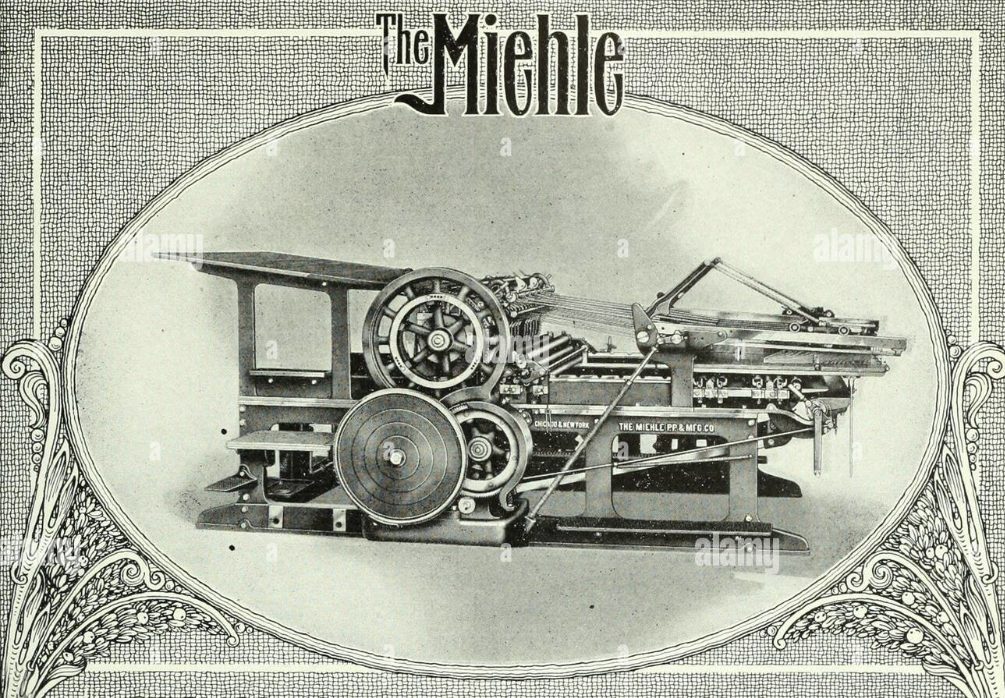
In the realm of printing, innovation and progress have always been driving forces, propelling newspapers forward into new realms of efficiency and quality. The Walcha News, a small-town publication with a rich history [link to earlier post], experienced a significant milestone in 1972 when they bid farewell to their original Wharfdale cylinder letterpress machine and welcomed a technological marvel from across the seas—the Robert Miehle press. This transformative change marked a leap forward for the newspaper and opened up new possibilities in the realm of printing.
Originating from the forward-thinking brain of Robert Miehle, a pressman from Chicago, USA, the Miehle press revolutionised the printing industry with an improvement to the Two-Revolution principle. Patented in 1884, Miehle’s crank-like device, attached to the side of the continuously rotating bed driving gear, addressed challenges faced by earlier machines. The innovative mechanism eliminated excessive vibration, noise, and the risk of cylinders moving out of sequence with the bed racks. Maintenance became less of a burden, and much higher printing speeds could be achieved without sacrificing quality.
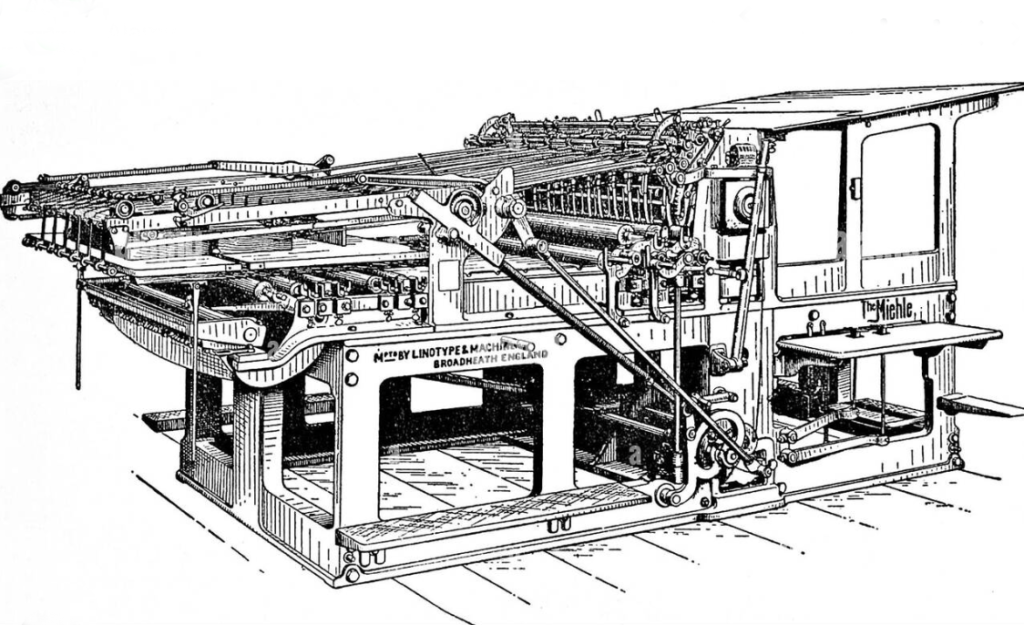
To truly understand the significance of the Miehle press, we must delve into the history of the Two-Revolution principle itself. Originally invented and patented by Scottish inventor David Napier in 1830, this principle utilised an impression cylinder with a circumference equal to the length of the type bed. The result was a press with a lower profile, offering distinct advantages to operators. At the end of the printing stroke, the cylinder would lift slightly, allowing the forme (the set text) to return underneath it. One notable advantage of the Two-Revolution press was that the printed sheet was delivered face-up from the impression cylinder, eliminating the problem of slurring or marking on the printed paper, caused by take-off cylinders.
The Miehle press quickly gained popularity worldwide thanks to its simple yet rugged construction. Known for its reliability and durability, many of these presses remained operational well into the latter half of the 20th century, a testament to their quality craftsmanship and engineering.
In 1972, the Walcha News eagerly embraced this new era of printing technology. Their original enormous Wharfdale cylinder letterpress machine made way for a second-hand Miehle press, one that had previously served the Sydney Technical College, further attesting to its esteemed reputation. The arrival of the Miehle press marked a significant turning point for the newspaper, propelling them into the realm of modern printing methods and streamlining their production process.
The transition from the Wharfdale to the Miehle press represented more than just a change in machinery; it symbolised a commitment to progress and a dedication to providing readers with a higher standard of print quality. The Walcha News embraced the technological advancements that the Miehle press offered, enabling them to meet the demands of an evolving industry while upholding their commitment to delivering timely and accurate news to the community.
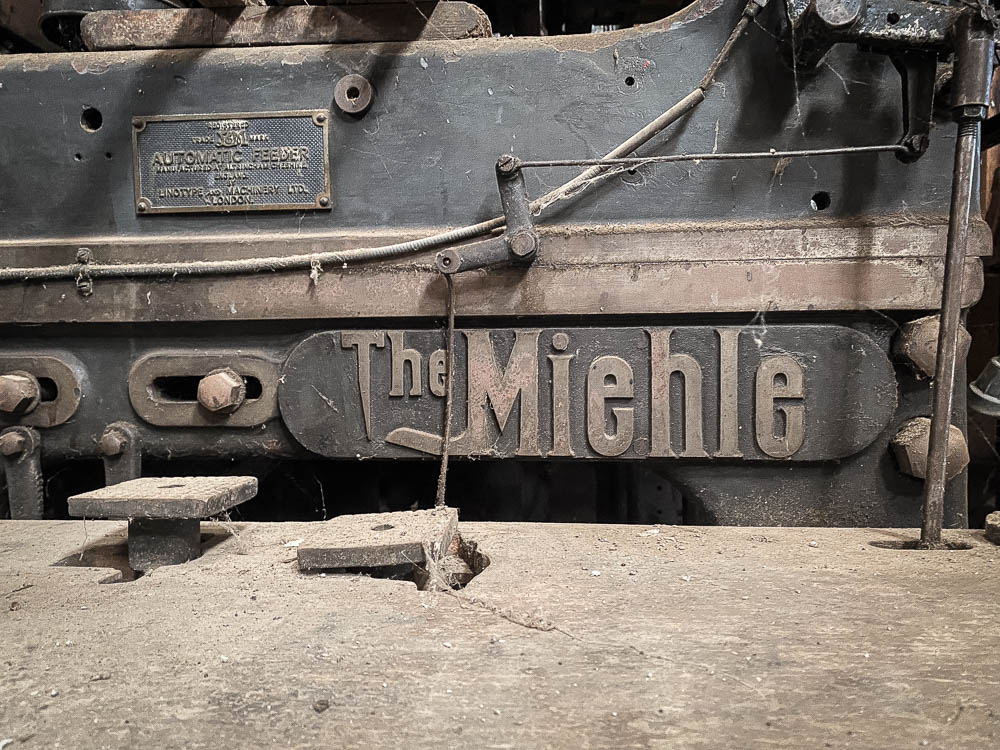
The presence of the Miehle press in the Walcha News enabled the newspaper to continue its mission of preserving the town’s stories, with enhanced efficiency and a refined level of print quality. It exemplified the publication’s commitment to adaptability and progress. It served as a reminder that while technology may change and evolve, the dedication to providing quality journalism remains at the core of every community newspaper.
While the Walcha News may no longer be in operation, the Miehle press remains a silent witness to the newspaper’s impactful journey. The press sits dormant in the printing room, awaiting its next chapter in life. It has the potential to become a valuable piece of Australian print history, whether as part of a museum collection, a centrepiece in a tour showcasing the evolution of printing technology, or even as a tool for contemporary artists seeking to infuse their work with the essence of tradition.
This dormant press represents an opportunity for individuals or organisations to secure a tangible piece of Australian printing history. Its presence serves as a reminder that while the world of journalism may undergo significant transformations, the dedication to providing quality news and storytelling remains timeless. It stands as a testament to the enduring spirit of community newspapers, where innovation and heritage intertwine, and as a reminder that the core values of journalism transcend the passage of time.
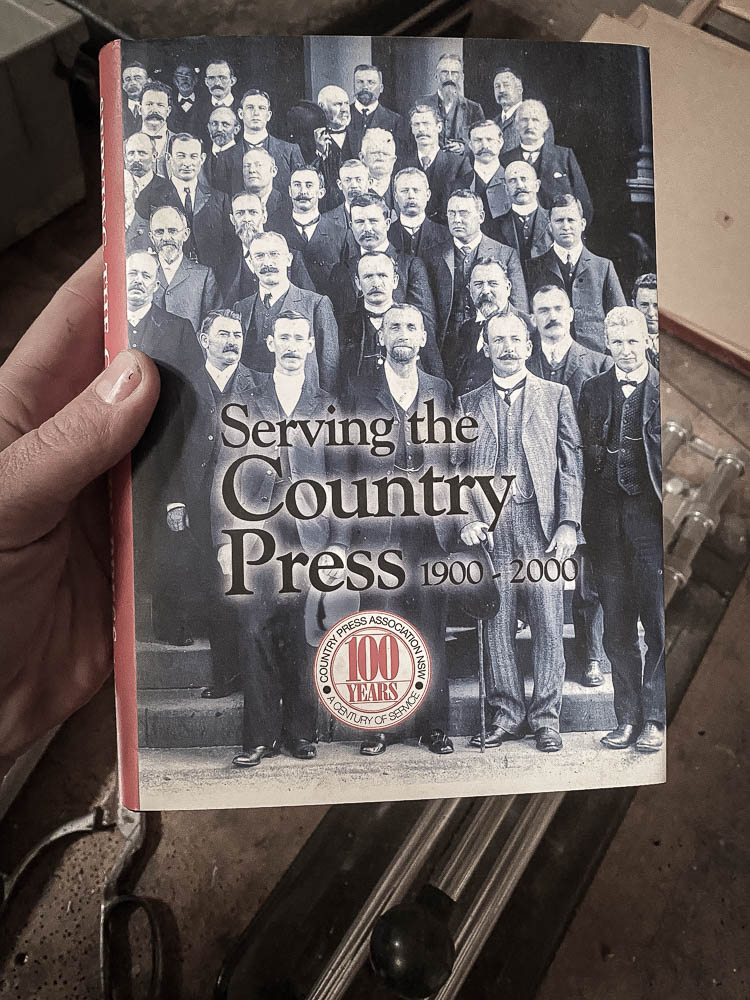
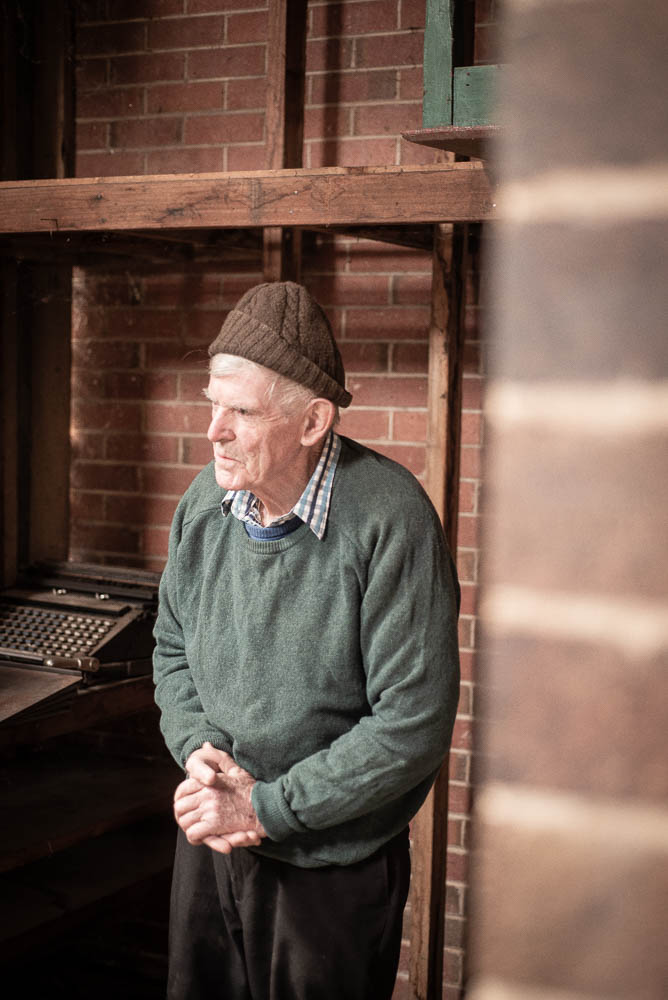
It’s a sad day indeed when we bid farewell to these metal community heroes. They may not have had the glitz and glamour of the big city papers, but wow, did they serve a purpose! These regional newspapers were more than just ink on paper. They were the lifeblood of the communities, the heartbeat of our towns. They knew every nook and cranny, every resident’s name, and every juicy piece of gossip that made the rounds at the local pub. They were like the nosy neighbour you couldn’t help but love.
One of the biggest casualties of their demise is the loss of printed obituaries. Gone are the days when you could open up the paper and discover that old Mrs. Jenkins finally kicked the bucket at the ripe age of 102, or when you could shed a tear for poor old Mr. Thompson who couldn’t resist that last donut. Now, we’re left to rely on Facebook and Twitter for our morbid curiosity fix. It just doesn’t have the same personal touch.
And let’s not forget about court reporting. Small regional newspapers were like the Sherlock Holmes of our communities. They were the ones who brought locals all the sordid details of Mr. Johnson’s embarrassing shoplifting incident or Mrs. Anderson’s scandalous affair with the town mayor. It was like having a front-row seat to a real-life soap opera, and we loved every minute of it! But now, with the rise of the dotcom mafia, we’re left with filtered news feeds and biased algorithms deciding what’s important and what’s not. Talk about a missed opportunity for some serious courtroom drama!
So let’s raise a glass to those small regional newspapers of yesteryear. They may be gone, but they’ll forever hold a special place in our hearts. And let’s support the journalists who continue to keep the spirit of community reporting alive.

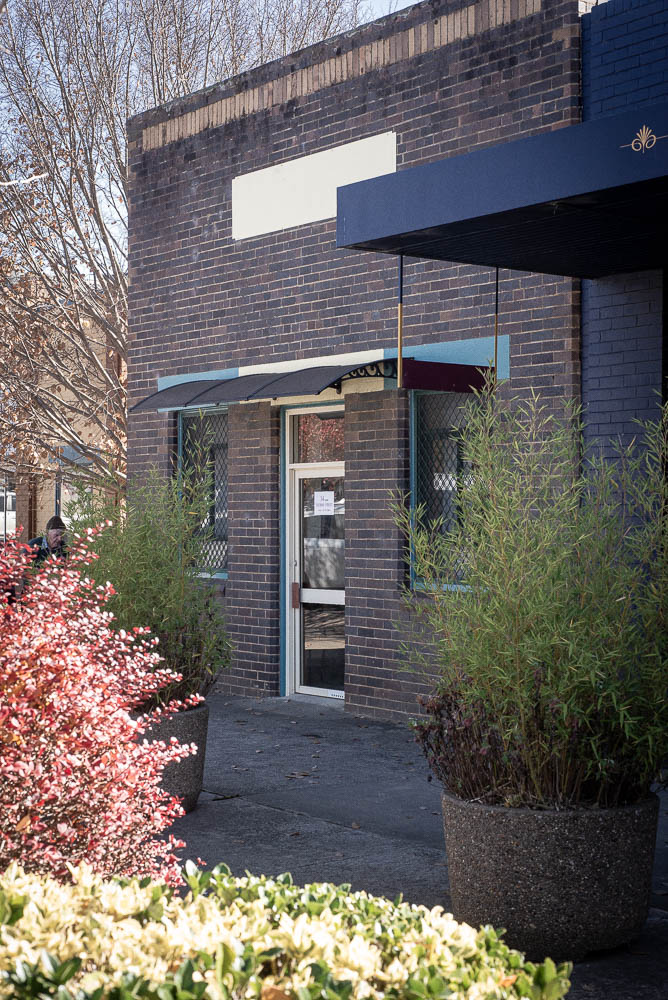
Preserving these remarkable pieces of machinery requires collective effort and support from the letterpress and typographic community. If you find yourself intrigued by the stories we’ve uncovered and have the means or resources to contribute, we urge you to reach out to Dzintra Menesis or Clint Harvey. By contacting us, you can express your interest and willingness to assist in the preservation of these iconic relics.
It is through the dedication and passion of individuals and organisations that we can ensure the legacy of letterpress printing lives on. By safeguarding these symbols of Australian printing heritage, we pay homage to the traditions of the past while inspiring future generations of printers and typographers.
Contact Clint Harvey if you are interested or able to assist with preserving this piece of Australian print history.
